Trace heating can be used to prevent pipes that carry liquids from freezing. On cold days when the temperature drops below 2 degrees Celsius there is a chance that pipes will freeze. Pipes will freeze at different temperatures depending on what is being carried in the pipes, so for example a pipe carrying oil may not freeze until it is well in the minus figures but a pipe containing water will freeze at 0 degrees Celsius and may well stay frozen at temperatures below 2 degrees Celsius.
| Before working on any electrical circuit you must ensure that it is isolated correctly and cannot accidentally be switched back on. Please read the article on safe isolation procedures before doing any electrical work. If you are not 100% certain what you are doing call a qualified electrician. Building regulations are changing all the time and modifying your home electrics could be against new rules and could invalidate your home insurance, if in doubt check first! |
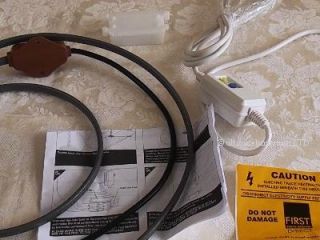
This is a trace heating kit that can be used to prevent pipes from freezing in cold weather. The kit comprises of an heating element and regulator and an inline RCD (the RCD only needs to be used if the circuit is not already RCD protected)

The trace heating kit is going to be installed on this condensate pipe to prevent it from freezing.
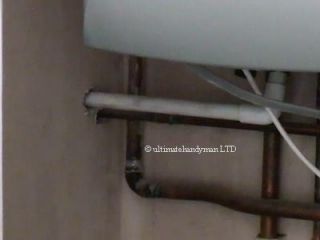
Inside the property is the boiler, you can connect the RCD to the boilers supply or you can wire it into a plug and plug it into an electrical socket.
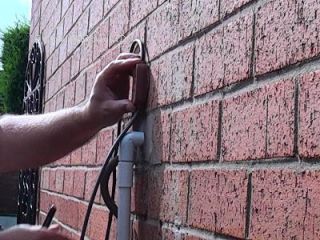
This is where the regulator for the trace heating is going to be positioned.
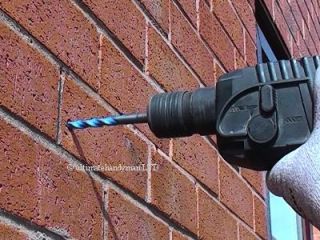
In most cases you would drill from inside out but because of the lack of room inside we are drilling from outside in. We know exactly where the drill bit will exit inside because we are drilling directly above the condensate pipe.
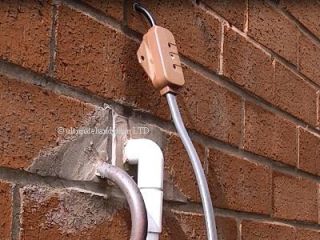
Once the hole is drilled the cable for the trace heating can be pushed through. Fix the regulator to the wall using wall plugs and stainless steel or rust proof screws
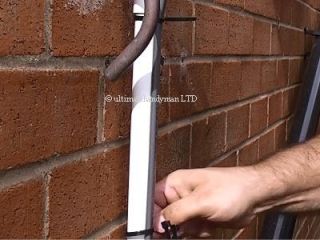
Fasten the trace heating element to the pipe using cable ties.
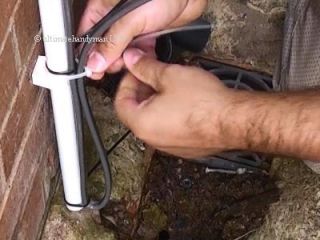
If your trace heating element is too long do not cut it or it will not work. You need to carefully fold the element back on itself and attach with cable ties.
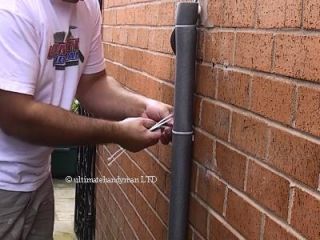
Now insulate the pipe and heating element using suitable pipe insulation.
Closed cell pipe insulation should be used externally



